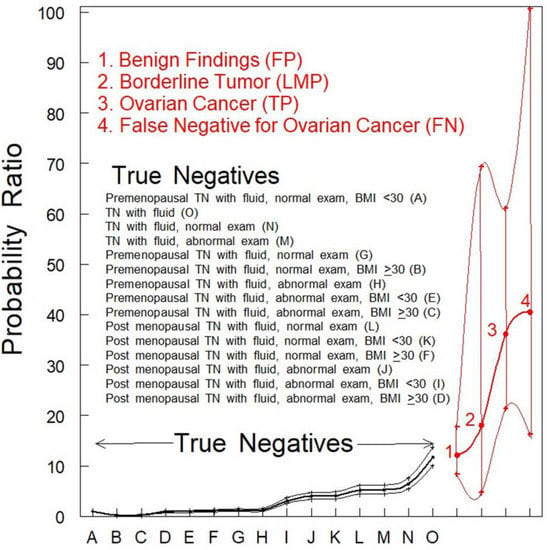Engineer to order (ETO) is a process used by manufacturers. It begins as the company starts to gain orders for various items of sale.
Manufacturers outline the design, engineer and do the production as required for the unique products from beginning to end for customers.
During ETO, customers cooperate and work alongside manufacturing team to produce the desired end result.
Moreover, complex and unique products tend to use ETO for its production purposes. These can include improvised vehicles, telecommunications, mechanics and industrial cranes.
It is common practice in the aeronautics, military, farming, IT and chemical energy industries.
Complexity of Engineer to Order
The ETO process is complicated alongside being incredibly complex. Each product is specially molded to satisfy a customer’s demands.
Moreover, every detail remains a mystery including lead times, drawings and performance data. However, the manufacturer has to give the customer production deadlines and cost estimates to secure a sale.
Engineering involvement is mandatory for ETO production right from the start. Engineering starts by narrowing down a rough outline to meet the customer’s requirements to create a proposed draft. This gives the sales team a solution to work into a proposal with accurate costs and lead times.
Challenges of the Engineer to Order Process
The process begins right after a company gets an order for the sales of a desired and unique product.
The manufacturer receives an advance of a specific amount of money and the work begins.
The engineering design team works alongside the customer. It is a focused solely on the customer. The team needs to analyze the customer’s vision and turn it to reality so that it serves the purpose.
Designing for newly demanded products is not an easy task. The design must have customer’s green signal and sign off at each stage.
It must go through testing, changes made and re-submission for approval. And this may go through several steps before going into the actual production.
Automate the Process
Difficulties in Product configuration escalate when each customer demands each product order to be engineered.
These products are complicated and have new outlooks and appearances for every order. Using a good software like MORE-MX helps automate different phases of the process.
It integrates into your billing software, manages data, tracks inventory and automates scheduling the production process for on time delivery.
You need the right software to help manage the ETO process.
Best Practices for Engineer-to-Order
While Engineer-to-Order production can be difficult, there are certain practices that can be undertaken to make the process manageable. These practices should be built into the manufacturer’s culture to help make the ETO manufacturing process easier:
- Establish Deep Channels of Communication – Because ETO manufacturing requires much more involvement of customers compared to MTS or MTO, open, accessible and transparent communication with the customer must be established. As the manufacturing necessities often involve several iterations and exterior changes during the process, engineers, sales, procurement, purchasing and manufacturing staff will need to communicate regularly.
- Reconcile Engineering and Manufacturing Capability – Because product outline is either new or because it is being produced for a specific end-use, product design within an ETO surrounding can be highly innovative and creative. It is important that manufacturing and engineering work closely to reconcile engineering needs with production capabilities. This can be done through checklists and other standardized work that help narrow and define the company’s inherent capabilities.
Creativity is not limited by this. Rather, it makes it easier for the manufacturer comprehend how the product molds into its current production capability and capacity, how to accurately structure its Bill of Materials (BOMs), costing and other critical manufacturing functions and will help determine what, if any, components need to be produced by sub-contractors.
- Focus on Accurate Documentation – As a unique product, ETO manufacturing can carry added liability in the form of safety requirements, regulations and other variables. Accurate documentation from the beginning to the end of the process is critical. This includes consistent part numbering, accurate BOMs, precise cost models, and robust and real-time inventory management.
- Deploy System Automation – All the sales expertise, engineering, and skilled production work counts for little if cost, waste and workflow can’t be managed. And in today’s global manufacturing environment of far-flung supply chains and subcontractors, it is essential that a factory has a Material Requirements Planning (MRP), Enterprise Resource Planning (ERP) or some automated system to manage the production flow. It is difficult enough to manually manage an MTS or MTO environment without systemization. But it is next to impossible to do so for ETO manufacturing.
Engineer-to-Order Workflow
An ETO workflow has additional steps that require extensive quoting and engineering on both the sales side and the product design side.
It also requires an accurate change management system throughout the production process, and it requires continuous monitoring and assessment of the cost to make sure that real-world production conditions remain within the quoted cost structure.
Here are the basic ETO workflow steps:
- Sales Engineering – An Engineer-to-Order production order usually begins with a Request for Quote (RFQ). Here, a customer outlines what the deliverables are and the functionality and requirements of the finished product. Once the RFQ is received, sales staff work closely with product engineers and established company capabilities to produce a quote that meets customer requirements while allowing the company to meet profit targets. There is often an extensive number of iterations in this process until the desired product configuration is approved.
- Process Planning – Unlike Make-to-Stock, Engineer-to-Order manufacturing is often different on a per-product basis. It may be that a company produces variations of a standard product with customized elements, or, it may require a new production method or line for each specific product. As a result, process planning must be well defined, accurate and flexible to allow the manufacturer to stay within its production capabilities and remain within expected costs. The process planning will include documentation of the design, sourcing and ordering of parts and components, production schedules including major or minor tooling requirements and their associated costs. It will also incorporate a robust and well-documented change management process with defined approval and cost mechanisms for changes along the way.
- Inventory Management – Because ETO products often require specialized and dedicated components not usable in other products, accurate inventory management is important. Both to prevent the specialized parts from being used in the wrong application and to keep a specialized production line and production schedule on track, accurate inventory management is critical.
Manufacturing – In an MTS system, high volumes of consistent products and production runs allow for more data points that ensure more precise costing and accurate understanding of labor, waste, take time and other variables.
With ETO products, the reality that each product is a new iteration or product introduces the possibility of unknown variables. Accurate and dynamic BOMs, automated production scheduling and labor and shop floor management are critical in the manufacturing process.
This is especially true when change orders are introduced which may require adjustments to the production line processes in one or more places on the factory floor.








:max_bytes(150000):strip_icc()/pregnancy-ultrasound-scan-478187269-5be1cc1546e0fb00515a903b.jpg)
